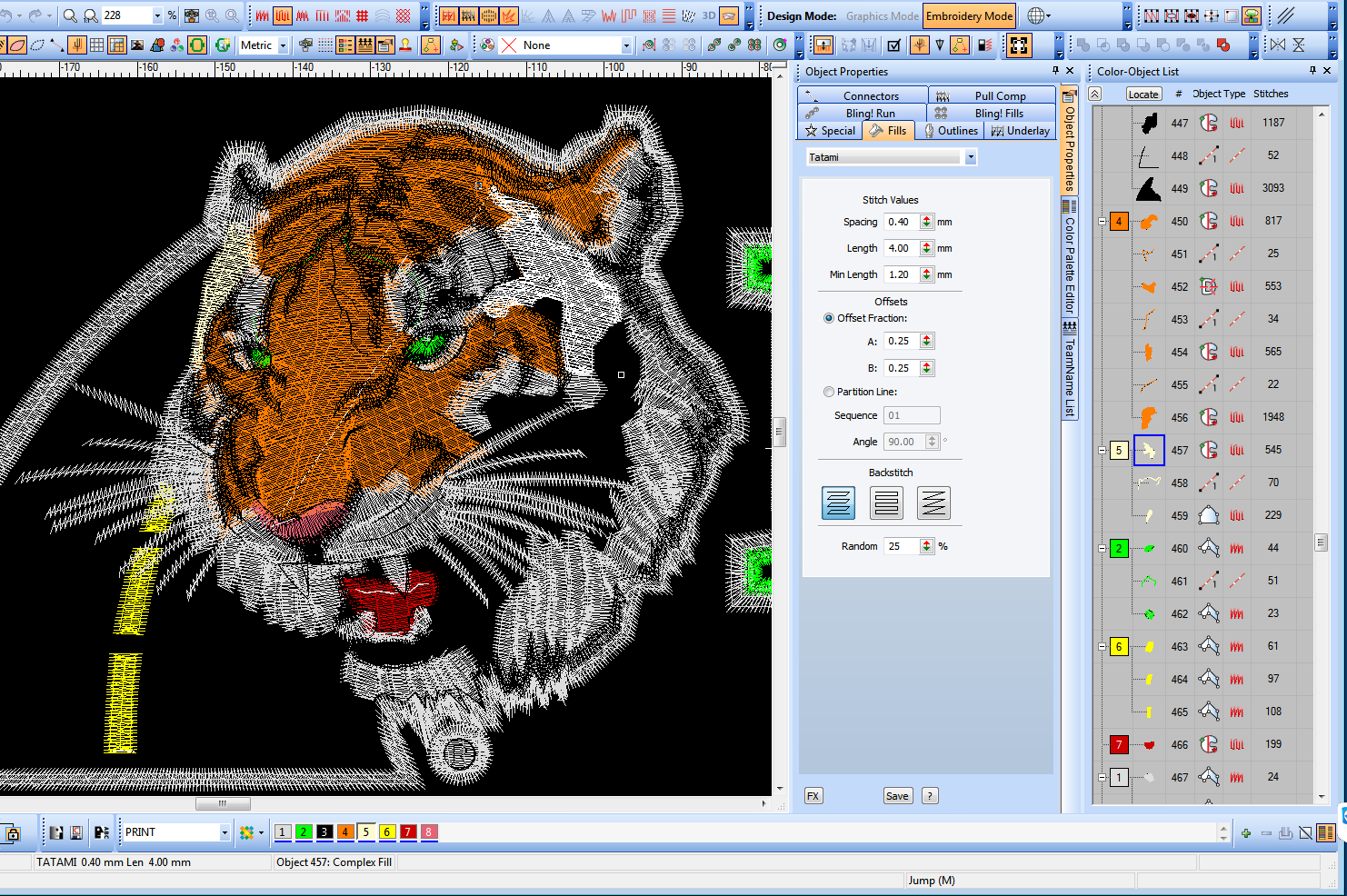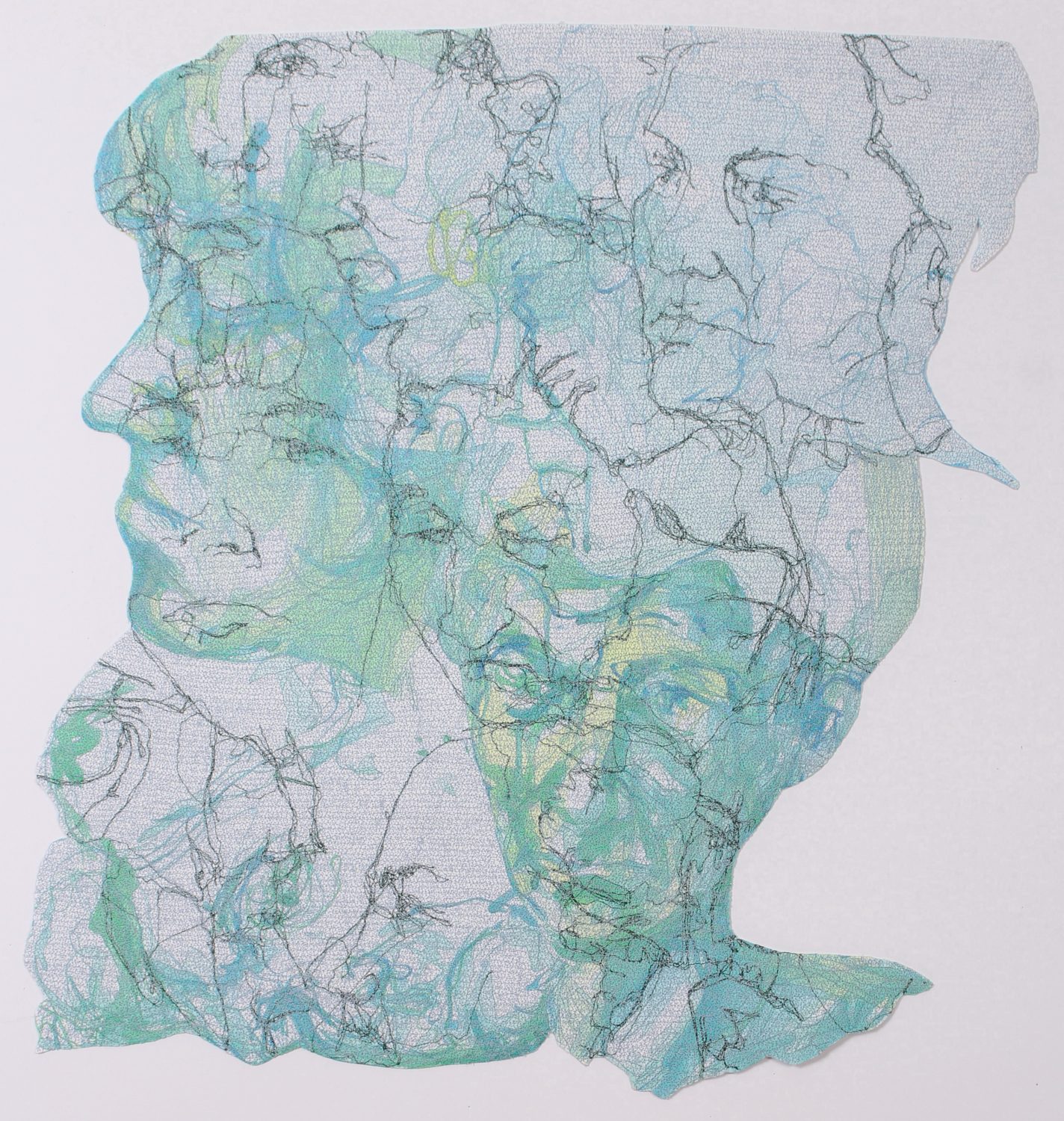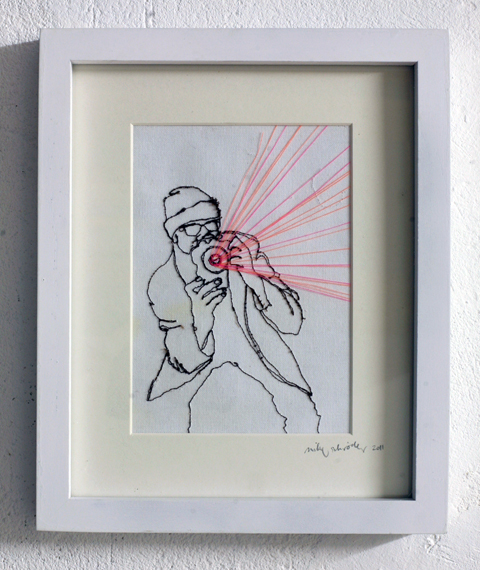The first time you try digitizing embroidery designs, each element you create seems cloaked in an arcane fog of terms, numbers, and and measurements. Every part of a design elicits a world of decisions: What underlay should you use? How far apart should these stitches be? What stitch type is right for this thing? It can feel overwhelming, particularly if you are entirely new to machine embroidery and you’ve made the deep dive directly into the creation of custom designs without some time spent stitching stock files.
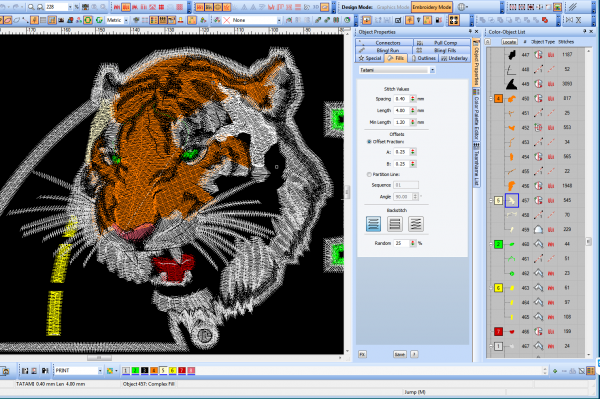
There is good news, however. Unlike when I first learned, educational resources are widely available, largely on-demand, and often free. The problem is that a new digitizer can’t know what it is that they need to know in the first place. Too frequently they look for tutorials on software tools without knowing that their troubles have little to do with what buttons to push, but rather why and when one should press a button at all. They forget that the final fruit of their labors is not the digitized file, though that can be the product they are looking to sell/create, the final output is the embroidery itself.
If you were learning hand embroidery, you wouldn’t stop at your tools; you would assume that you needed to know more than how to tighten a hoop and how to thread a needle. The abstraction of the digital step in machine embroidery makes some new digitizers forget the second half of the process; they overlook their need to learn embroidery in their rush to learn the technology, never realizing that the two are entirely inseparable.
To put it simply, three types of knowledge are necessary for proficient digitizing, and software is only one of them. We’ll cover these three categories of knowledge digitizers must pursue if they are to do their best work, rewarding those that make it through the list with a useful run-down of the types of resources that can help any prospective digitizer learn their craft.
There are three kinds of knowledge a proficient digitizer needs:
- An Understanding Of Materials And Equipment
- Technical Knowledge About Embroidery And Digitizing
- An Understanding Of Software
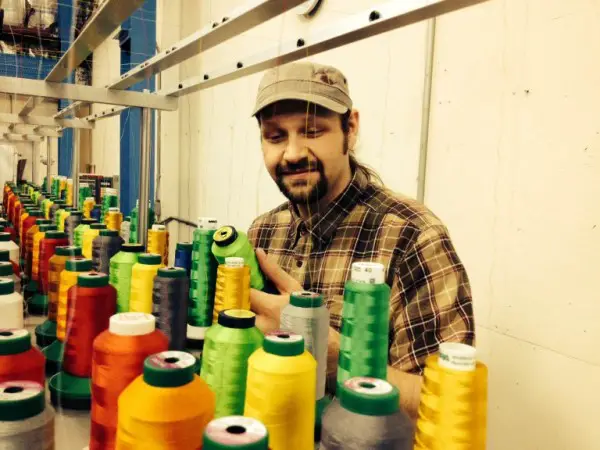
An Understanding Of Materials And Equipment
- You should understand how embroidery machines work on a basic level and what functions they are capable of.
- You should know how thread behaves as it is stitched and how specific threads, needles, and fabrics react when used with each other.
- You should understand how materials hold up to the stresses of embroidery and how stabilizers keep material solid as it runs.
- You must learn how thread tension affects a design and how to maintain the balance between bobbin and top thread tensions.
- You must learn how tight a garment should be hooped, and why either overly tight or overly loose framing can be detrimental.
In short, you should know how the materials used and the methods of combining them affect the look of an embroidered piece.

Technical Knowledge About Embroidery And Digitizing
- You should know the types of stitches of which machine embroidery is capable, have some idea which types are appropriate for a given element, and the maximum and minimum sizes for which any given stitch type or element is suited.
- You must know how close to place stitches to fully cover the material without putting undue stress on the ground or making the decoration overly stiff.
- You should know how to express measurements used in embroidery.
- You must recognize the roles of underlay and how it combats garment show-through.
- You should know the kinds of distortion that commonly happen during embroidery, and how to counteract them to maintain registration.
- You must learn the order elements should run to make designs logically progress from one area to the next without wasted motion.
- You should know about the effect of altering stitch angles, how to use overlaps, proper cornering and joints, and when to use ‘tie’ stitches to avoid pieces coming unraveled.
In summation, you must understand the nature of the embroidery itself and the way it is used to create images, as well as what the placement of stitches, direction of travel, and the how the stitch types used can change the final look and feel of the design.
An Understanding Of Software
Finally we come to the knowledge people usually fixate on; learning how to manipulate software. Though it’s in the digitizing software that we apply all other knowledge to create and correct our designs, no knowledge of the tools alone can replace the knowledge of embroidery itself. Being versed in your software requires you to understand the tools present in the package they’ve chosen.
- You should know how to use them to create shapes and to specify all stitch variables pertinent to the shape, including stitch type, density, start and end points, sequence in the design, and any automatic settings like pull compensation or automatic underlay.
- You should also learn to import various art files from which one will digitize, how to set up your digital work area with the proper measurements and guides you need to properly judge the finished size of the elements as well as the adjustment of default stitch settings for a given design.
- You should be able to create, edit, and resequence elements and export files in the proper format for a specific machine.
After that description of what you need to know, you can be forgiven for feeling like we awash in an insurmountable deluge of shoulds and musts, but it’s simpler than it might seem to attain this knowledge if we know where to look for it. If we tap into the following six kinds of resources, building a holistic understanding of embroidery is very possible.
Embroidery Experience
The act of embroidering teaches much of the necessary basic knowledge, especially as it relates to materials and equipment. It can’t be overemphasized that watching well-crafted designs run gives you an almost visceral understanding of sequencing, compensation for distortion, and construction. This direct demonstration of the interaction between materials, machinery, and digitizing is invaluable. Existing embroiderers turned digitizers already follow this natural process, but some designers may not know how useful this hands-on learning can be. Nothing on this list sets you up to digitize better than time spent diligently embroidering so long it is approached with curiosity.

Design Analysis
This analysis, done by examining the digitized file in software, expands on your embroidery experience, allowing for more detailed observation. Watching designs run virtually in software, measuring and identifying stitch types and elements in the file, and observing and measuring physical samples of said file gives the fledgling digitizer direct experience of how much elements distort when stitched and the way stitch settings influence embroidery outcomes.
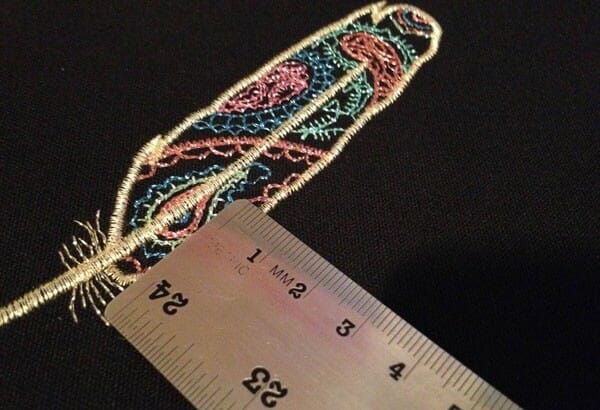
Documentation
Vendor-specific help files and tutorials attached to your software as well as third-party educational books and videos geared toward its use will help with this third type of knowledge. Documentation teaches the software suite’s tools and settings as well as some general technical information. Where once there was only manuals, the current generation of digitizers benefits from webinars, blog posts, podcasts, and videos about their software and the general workings of embroidery and digitizing.
There’s also a host of freely available magazines and websites; I suggest that home embroiderers also consider commercial embroidery resources; magazines like Printwear, for whom I write a monthly column, are treasure troves of technical information. Even if your aim is strictly for hobbyist work or artistic exploration, you’ll find applicable information about every aspect of controlling your stitches and applying your materials to their best effect.
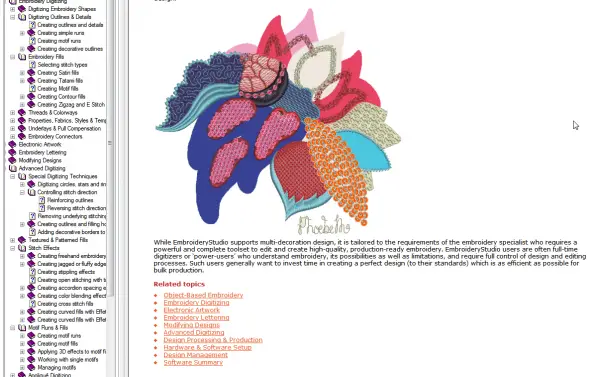
Experimentation
Once experience sinks in, analysis offers its secrets, and documentation shows you how to use your tools, experimentation is possible. Replicate settings and elements seen in analysis and use cues from embroidery experience to create test designs. By subjecting your own embroidery files to analysis and measurement, you can refine designs, re-test, and document the settings that work for any combination of materials.

Community
The Internet’s communities—from social media groups to vendor- and user-supported forums, provide another important source of information. Embroiderers of every skill level share their embroidery and digitizing experiences freely. Though not always as germane as documentation may be to one’s specific kit, there’s an abundance of torture-tested, real-life information floating in the ether if you are careful to sort out the skill level of the commenters.
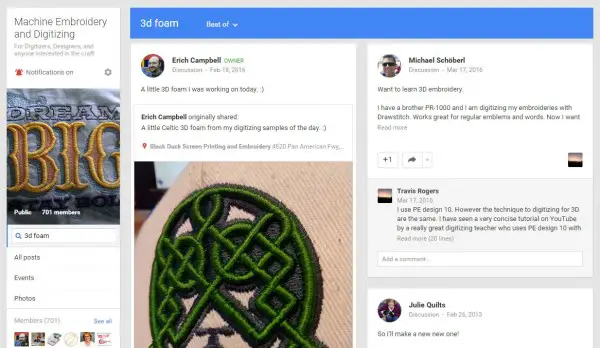
Direct Education
If you prefer immediacy in your educational experiences, the best bet is direct classwork and consultation. Whether through local sewing and machine shops, software vendor-organized events, or one-on-one educational sessions, the benefit of direct education is immediate response. This is the most costly option, but fast feedback and expert analysis of your work is hard to beat for quick improvement.
Though it can rightly seem daunting, this proliferation of digitizing resources means that someone who wants to learn the technical underpinnings of the art absolutely can do so with diligence and careful observation. If you remember that the final product is a thing of thread and fabric and you apply your curiosity and creativity to the act of exploring the medium as much as learning the software, this technique can be as fun and rewarding in practice as it is daunting at first glance.

